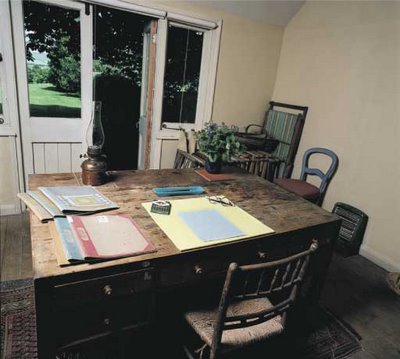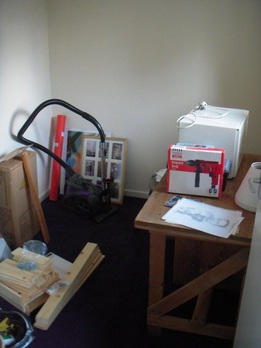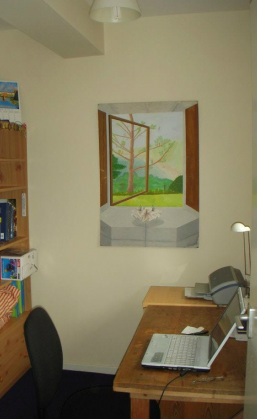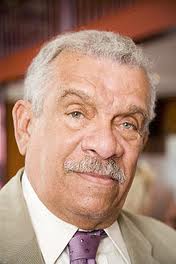
I thought I would update you on how the work on the draft has been going. At the moment, I am redrafting a few chapters, and editing carefully to make sure that all the threads of the story (and the trilogy) make sense and reach a meaningful conclusion. I have been rereading The Eyes of a King and Voices in the Dark. This might sound like a strange thing to be doing, given that I know them well enough to still remember whole sections off by heart! But at a certain stage in the redrafting process it becomes quite crucial to see your work from a reader's point of view. I want to make sure the conclusion of the trilogy is truthful to the start, and it helps to read the books all the way through like this.
I have recently been using a program called Scrivener to pull the draft together. It's a kind of virtual writing studio, which lets you link your synopsis, displayed on index cards, to the various different parts of your draft. Really, it's a much more sophisticated version of what I would normally create for myself on any available walls using post-it notes, A3 mindmaps, scribbled synopses and blu-tack! For the final book in a trilogy, the organisation of the story is extremely important and becomes very complex -- I've found that it's just too much to hold in your head over the whole length of the project. So using a computer program to put it all together helps me to make sure the shape of the story makes sense (this is one of the reasons my desk looks surprisingly bare at the moment).
I'm very grateful to all those readers who have waited so patiently for The Heart at War -- this quick update is just to reassure you that if all goes to plan, the end of the writing process is in sight and the book will soon begin the publication process. Over the next few weeks I've made the time to work several very long days on the book. This is important, I think, towards the end of a project, if you're going to get the space you need to check that the story holds together and has a proper coherence, a life of its own, before sending it out into the world. I'm going to see how far I can get during that time, and I'll update you with my progress as often as I can. But mostly it will involve lots of tea, concentration and writing!




 RSS Feed
RSS Feed
